Compared to ramen, udon offers a gentler kind of comfort: a soft chew, a clean wheat flavor, and a deep connection to regional foodways that span centuries. Whether you’re traveling in Japan, browsing an Asian grocery store, or cooking at home, learning about udon opens a world of flavors and traditions.
Don't forget to enjoy your udon with a pair of handcrafted artisan made chopsticks!
Origins and History: From China to Kagawa
Many scholars trace udon’s roots to China during the Tang Dynasty (7th–10th century), likely in a dumpling-like form. In Japan, udon gained popularity in the Nara period (710–794) and gradually evolved into the thick Japanese noodles we know today.
One cherished origin story points to Ayagawa in Kagawa Prefecture, home to the Takinomiya Tenmangū Shrine and now celebrated as the heartland of Sanuki udon. By the fourteenth century, udon had spread widely, with each region crafting its own identity from thin, silky Inaniwa udon (Akita) to the flat, wide Kishimen of Nagoya.
Types and Regional Varieties
- Sanuki udon (Kagawa) — firm, bouncy noodles typically in a clear dashi-based broth.
- Inaniwa udon (Akita) — hand-stretched, thinner noodles with a smooth, delicate texture.
- Himi udon (Toyama) — slightly translucent, elegant strands.
- Mizusawa udon (Gunma) — prized for a silky sheen; often served with dipping sauce.
- Hōtō noodles (Yamanashi) — wide, flat noodles simmered with vegetables in miso.
- Nabeyaki udon — hot pot–style with tempura and vegetables.
- Yaki udon — stir-fried with soy sauce, vegetables, and sometimes meat.
You’ll also notice regional taste differences: Kansai style udon leans light and golden, while Kantō style udon favors a darker, soy-forward broth.

Popular Udon Dishes
- Kake udon — the minimalist classic, served in hot kakejiru (soy-seasoned dashi).
- Curry udon — thick Japanese curry clinging to every strand; try soba curry udon cousins in some shops.
- Kitsune udon — topped with sweet fried tofu (aburaage).
- Tempura udon — crowned with crisp shrimp or vegetable tempura.
- Tsukimi udon — a raw egg “moon” that gently poaches in the hot broth.
- Chikara udon — boosted with mochi (rice cake) for extra warmth and heartiness.
- Ise udon — from Mie; thick noodles in a dark, rich soy sauce.
- Salad udon — a chilled, vegetable-topped summer favorite.
Preparation and Cooking Methods
Choosing noodles
- Fresh udon noodles — cook in 1–3 minutes in boiling water; best texture.
- Dried udon noodles — cook 8–12 minutes; pantry-friendly.
- Pre-packaged udon — convenient for quick meals.
Handmade basics
Traditional udon uses wheat flour, water, and salt. The handmade process involves vigorous kneading (often stepping on dough wrapped in cloth), resting periods to relax gluten, rolling into even sheets or squares, and cutting with a sharp kitchen knife.

Cooking tips
- Salt your water lightly, boil until just tender, then drain and rinse to remove excess starch.
- Slide noodles into hot broth or pair with a chilled dipping sauce.
- For yaki udon, pat noodles dry before stir-frying to encourage browning.
How to Eat and Serve Udon
Udon shines year-round, with styles that match the seasons:
- Hot bowls — nabeyaki udon or tanuki udon (topped with tempura bits) for winter comfort.
- Cold servings — zaru udon with chilled dipping sauce, or kamaage udon served in hot water with sauce on the side.
Etiquette tip: Use chopsticks and slurp gently considered good form in Japan, it helps cool the noodles and release aroma.
Toppings to try: green onions, grated ginger, nori, sesame, tempura, and a splash of soy sauce where appropriate.

Health & Nutritional Aspects
Udon is primarily wheat flour, offering complex carbohydrates for steady energy. Depending on broth and toppings, it can be light or hearty.
- Contains B vitamins like thiamine and niacin, which support metabolism and healthy circulation.
- Vegetable add-ins can boost fiber content, which may aid digestion.
- Patterns rich in fiber and whole foods are associated with reduced risks of heart diseases, type 2 diabetes, and colorectal cancer (overall diet matters most).
Editorial note: We avoid medical claims. Consider this general guidance and consult a professional for personalized advice.
Where to Eat Udon
- Kagawa Prefecture — Self-serve udon-ya for definitive Sanuki udon.
- Gunma — Specialty shops serving glossy Mizusawa udon.
- Mie — Hearty Ise udon.
- Nagoya — Earthenware pots of miso-rich Misonikomi udon.
Abroad, look for dedicated udon restaurants, versatile soba-ya (soba shops that also serve udon), and the international aisle in Asian grocery stores. Chains like Marugame Udon can be a friendly first step.

Frequently Asked Questions
What is udon made from?
Mainly wheat flour, water, and salt.
How is udon different from soba?
Udon is thicker, chewier, and wheat-based; soba is thinner with a nutty buckwheat flavor (sometimes blended with wheat).
Can I cook udon at home?
Absolutely. Boil fresh and dried udon noodles and serve in a simple dashi-based broth, or stir-fry as yaki udon.
Is udon gluten-free?
No, traditional udon contains wheat.
What’s the best way to store udon?
Dried udon noodles keep well in a cool pantry; fresh should be refrigerated and used promptly.
Conclusion: A Bowl of Japan, Anywhere
From shrine towns in Kagawa to your own kitchen, udon carries regional pride and seasonal expression in every bowl. Next time you make or order udon, consider serving it in a handcrafted Japanese ceramic bowl perhaps with a matching chopstick rest too. It’s a small, beautiful way to bring Japanese artistry into everyday life.


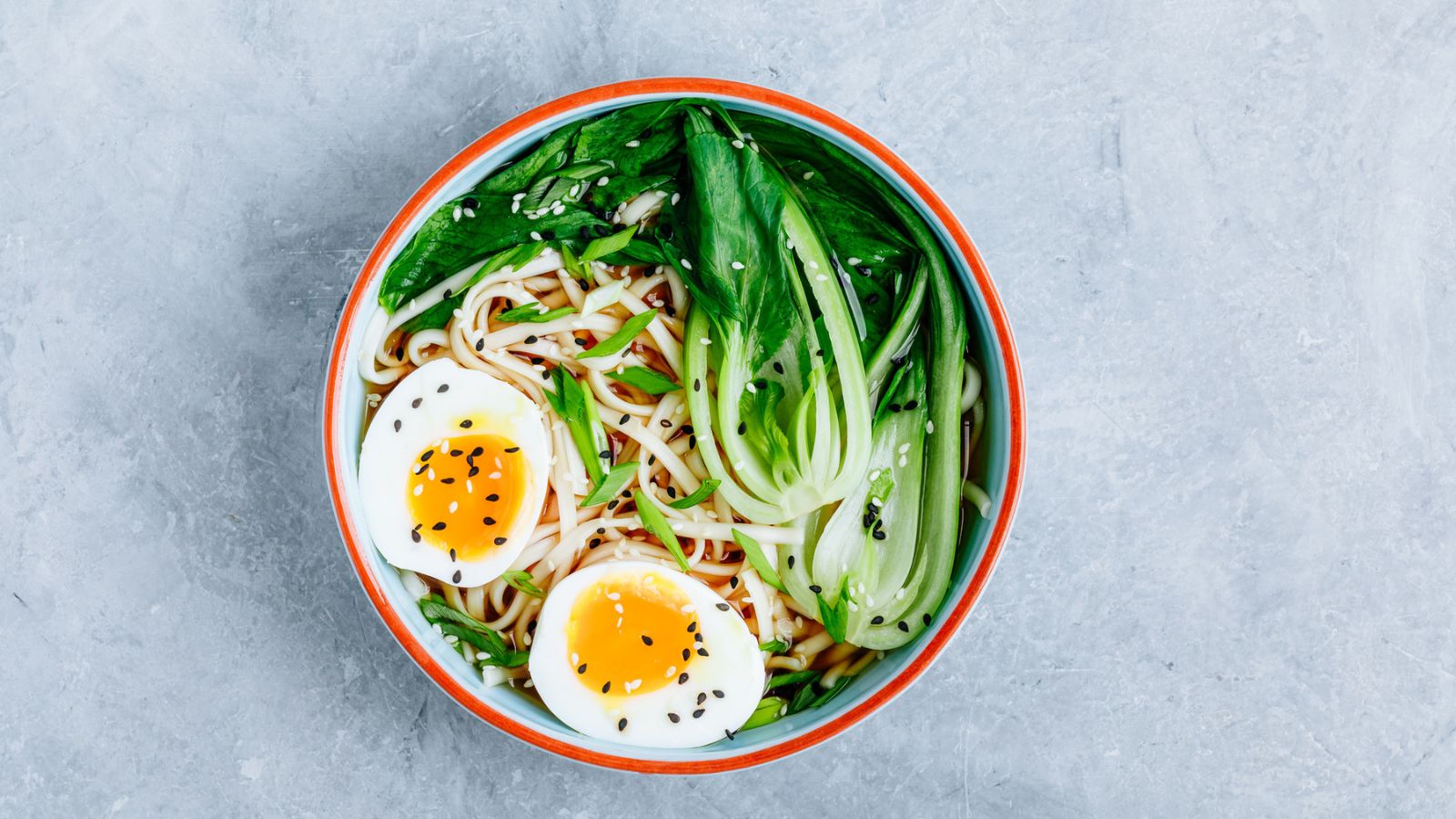

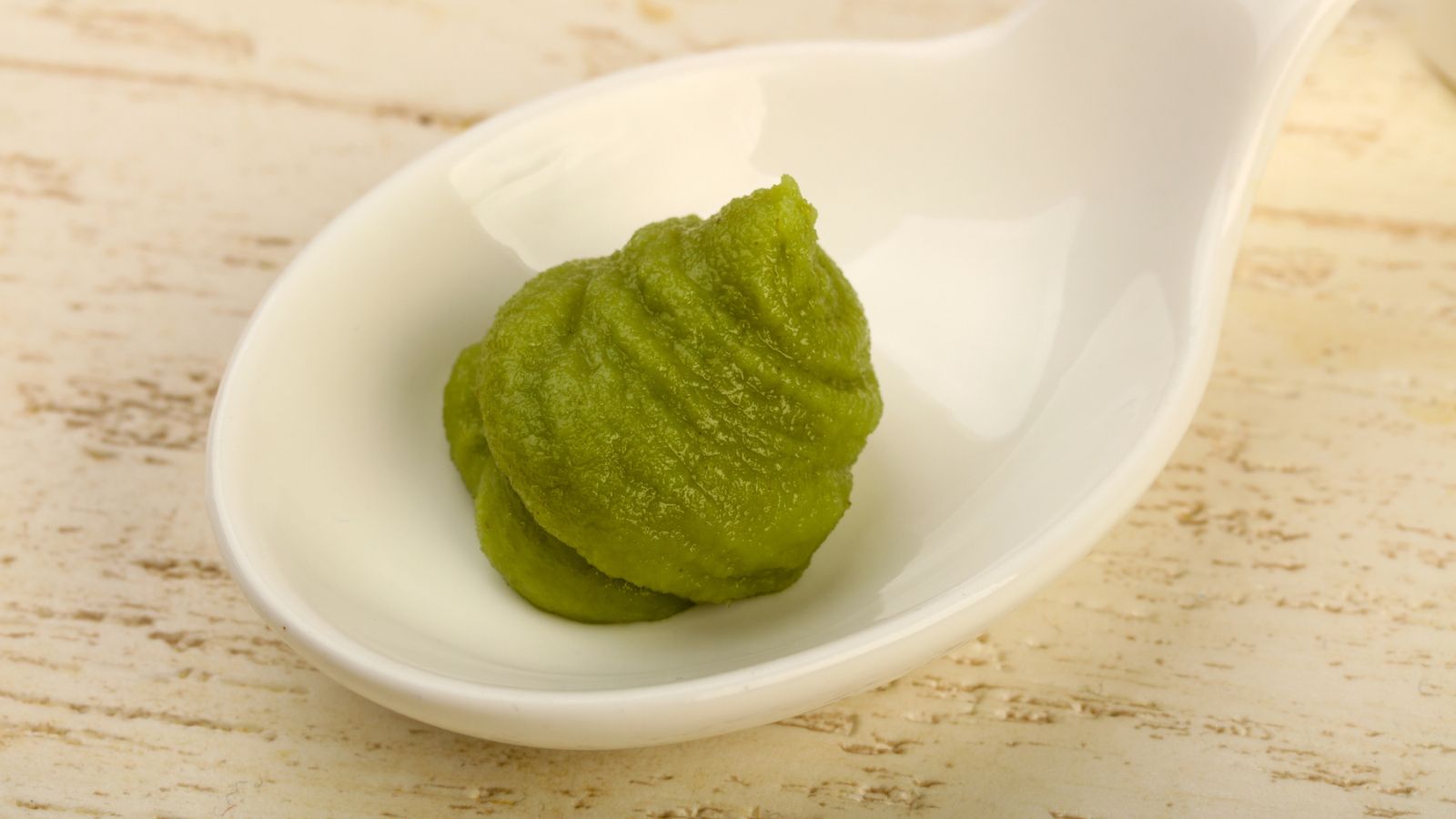
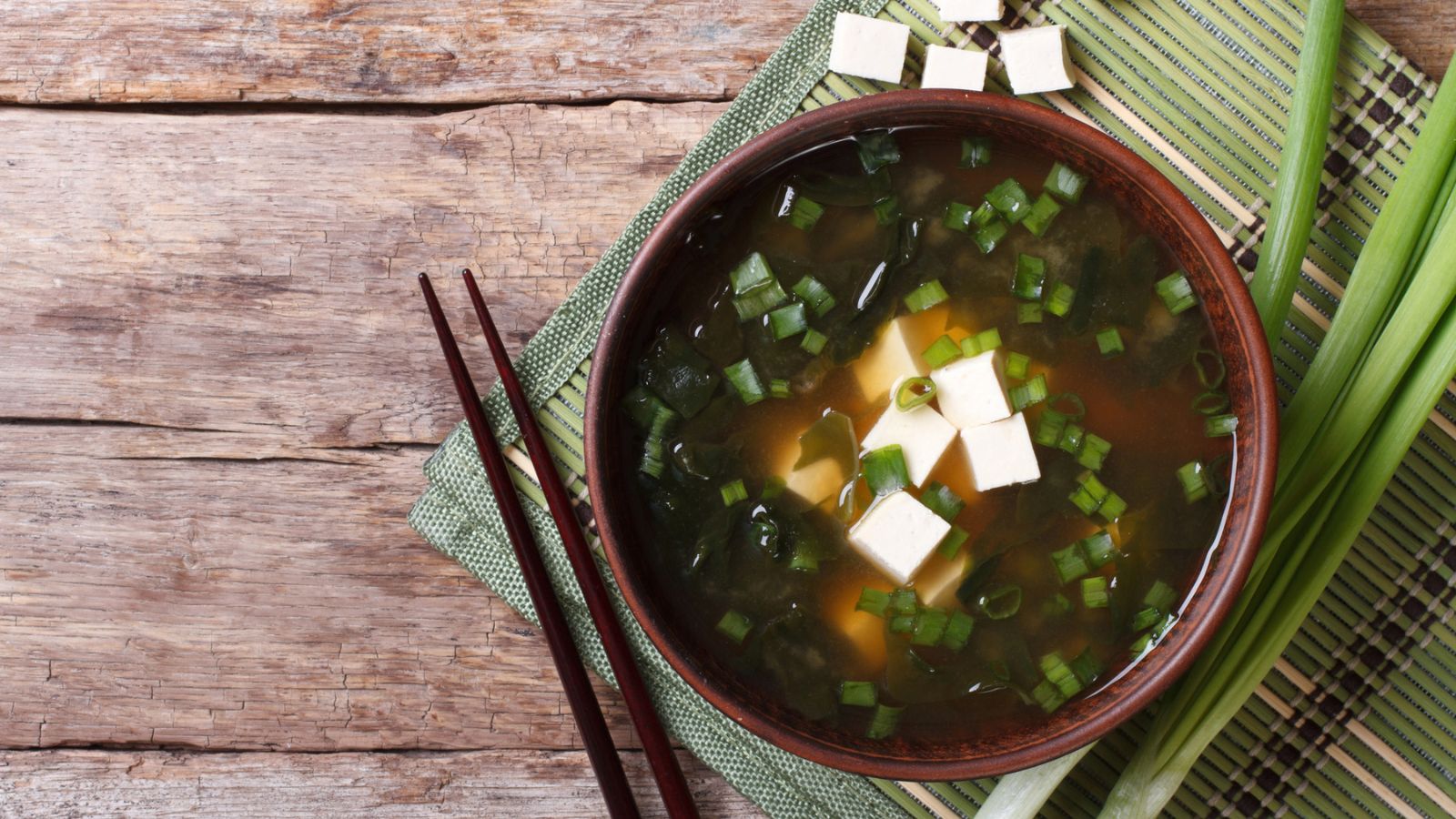
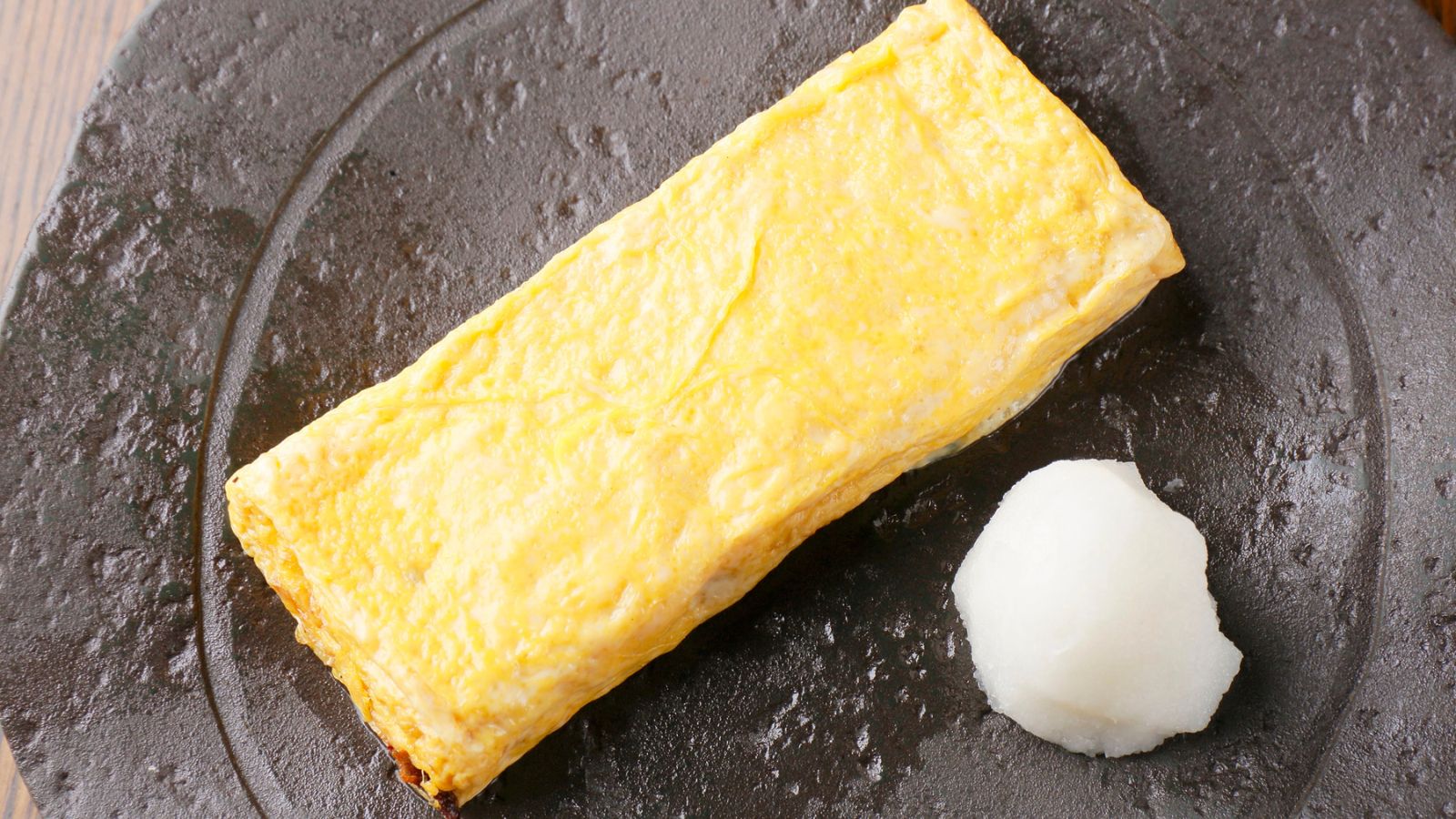
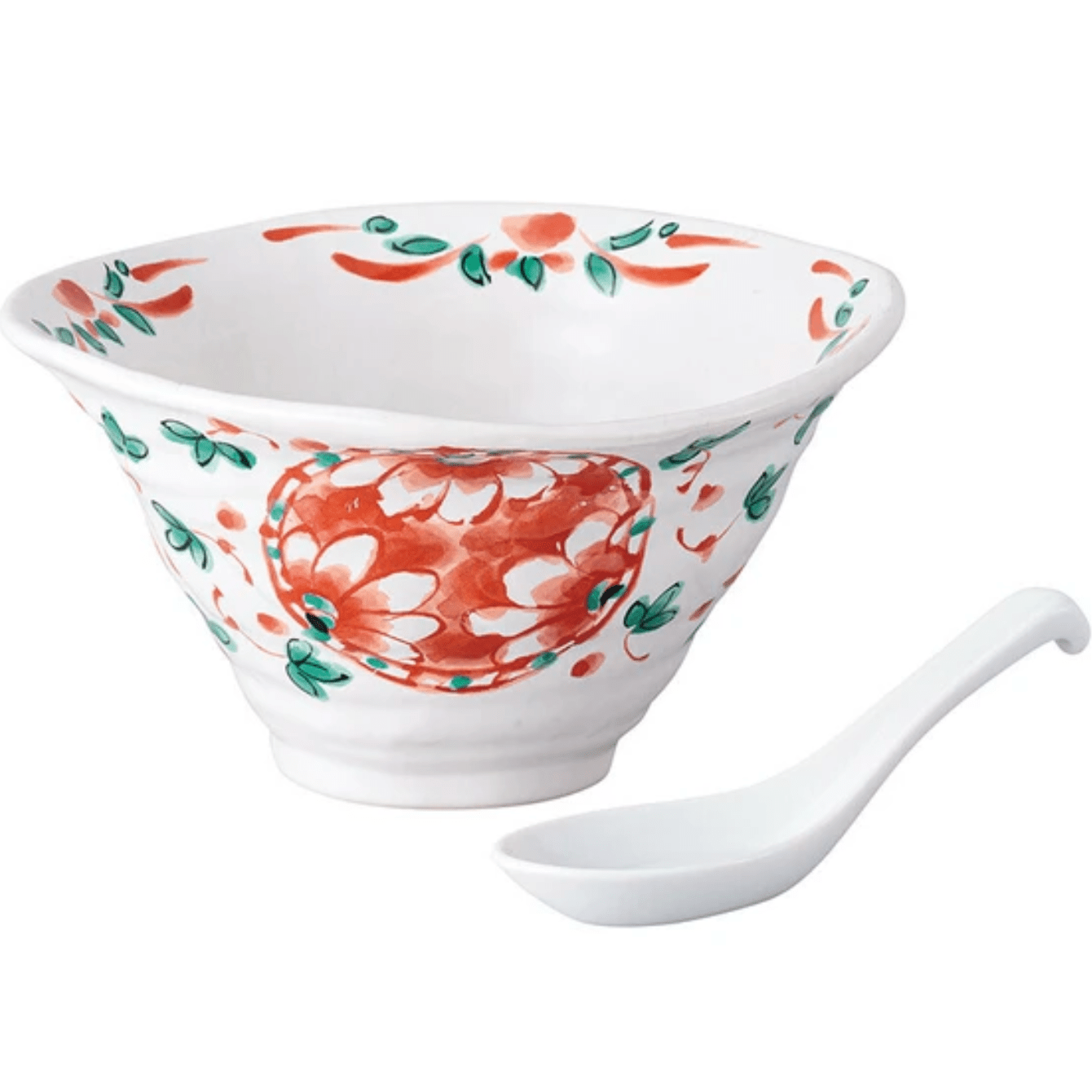
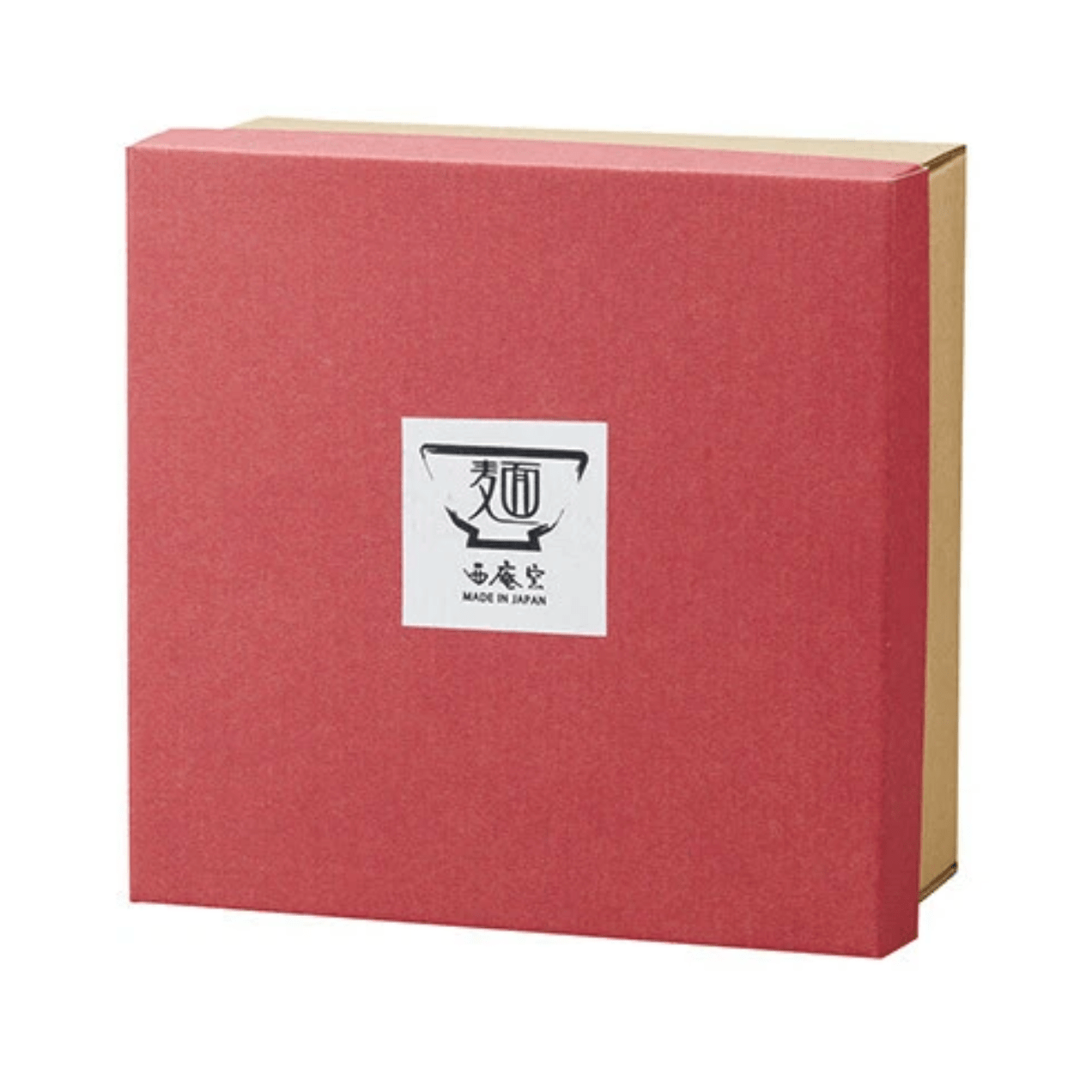
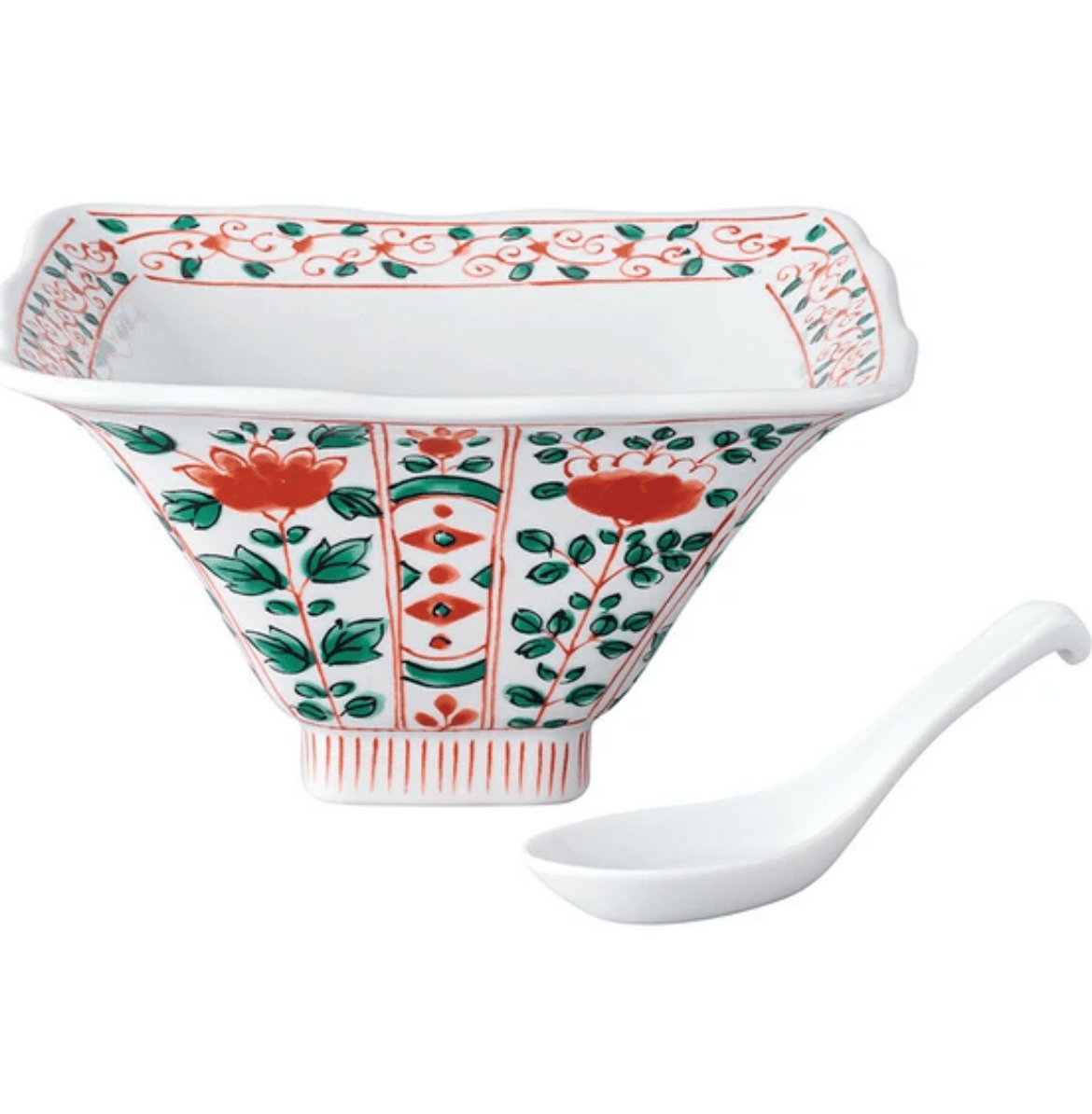
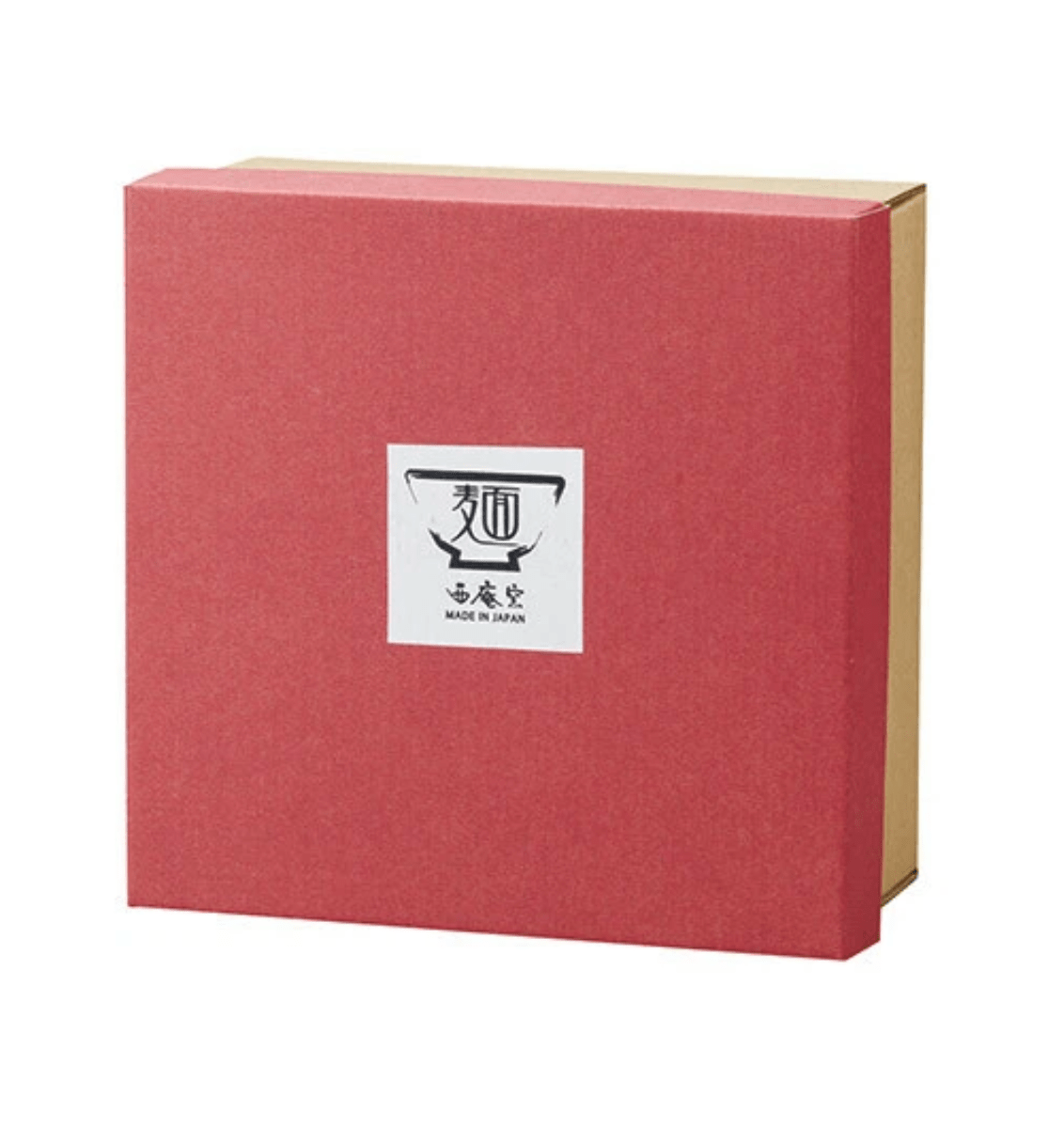
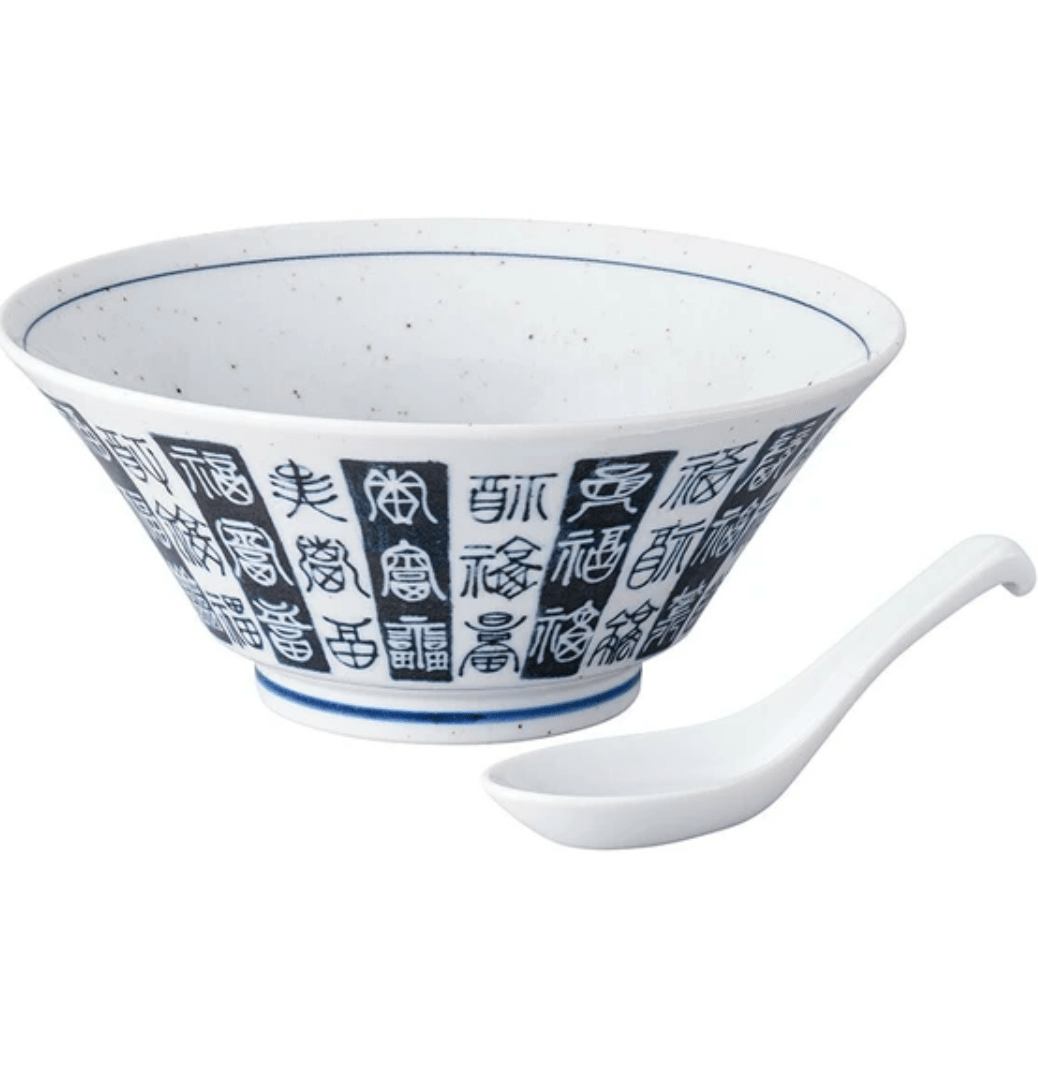
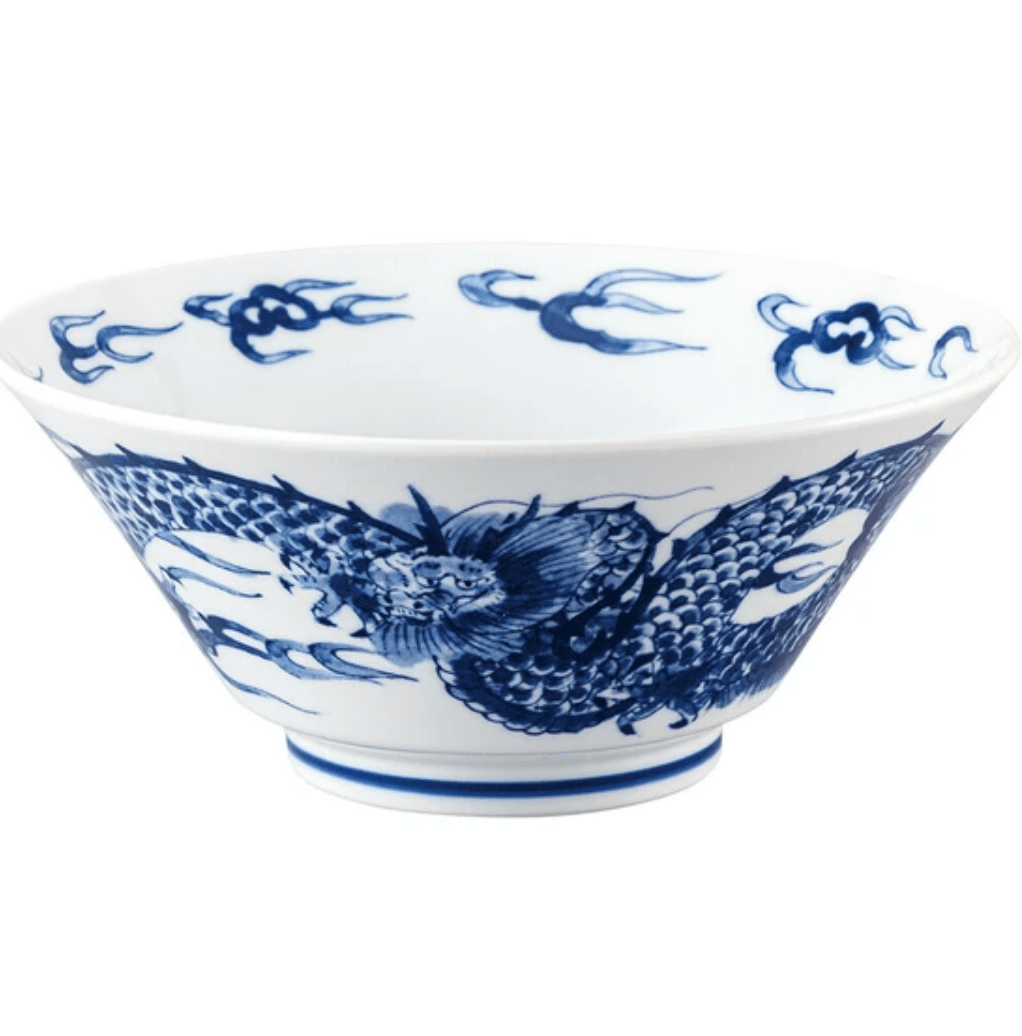
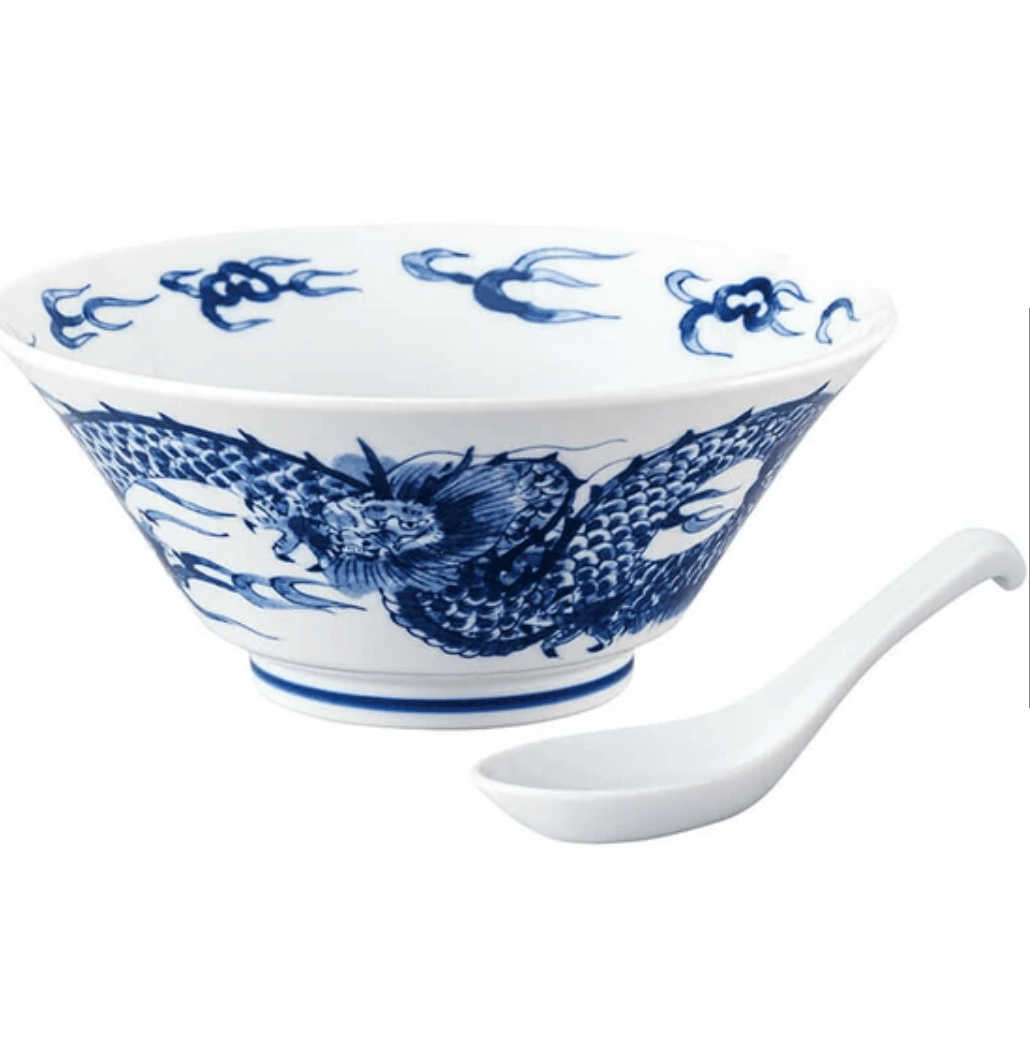
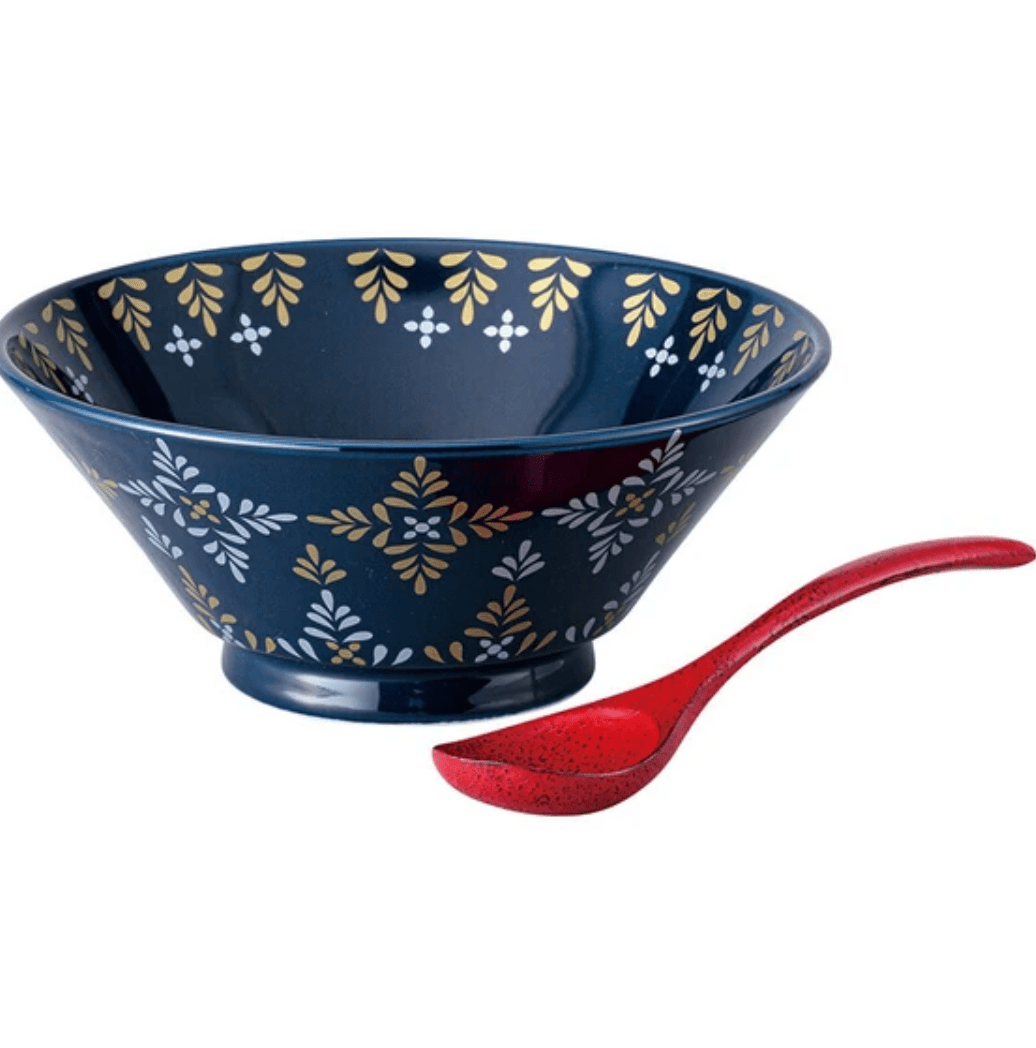
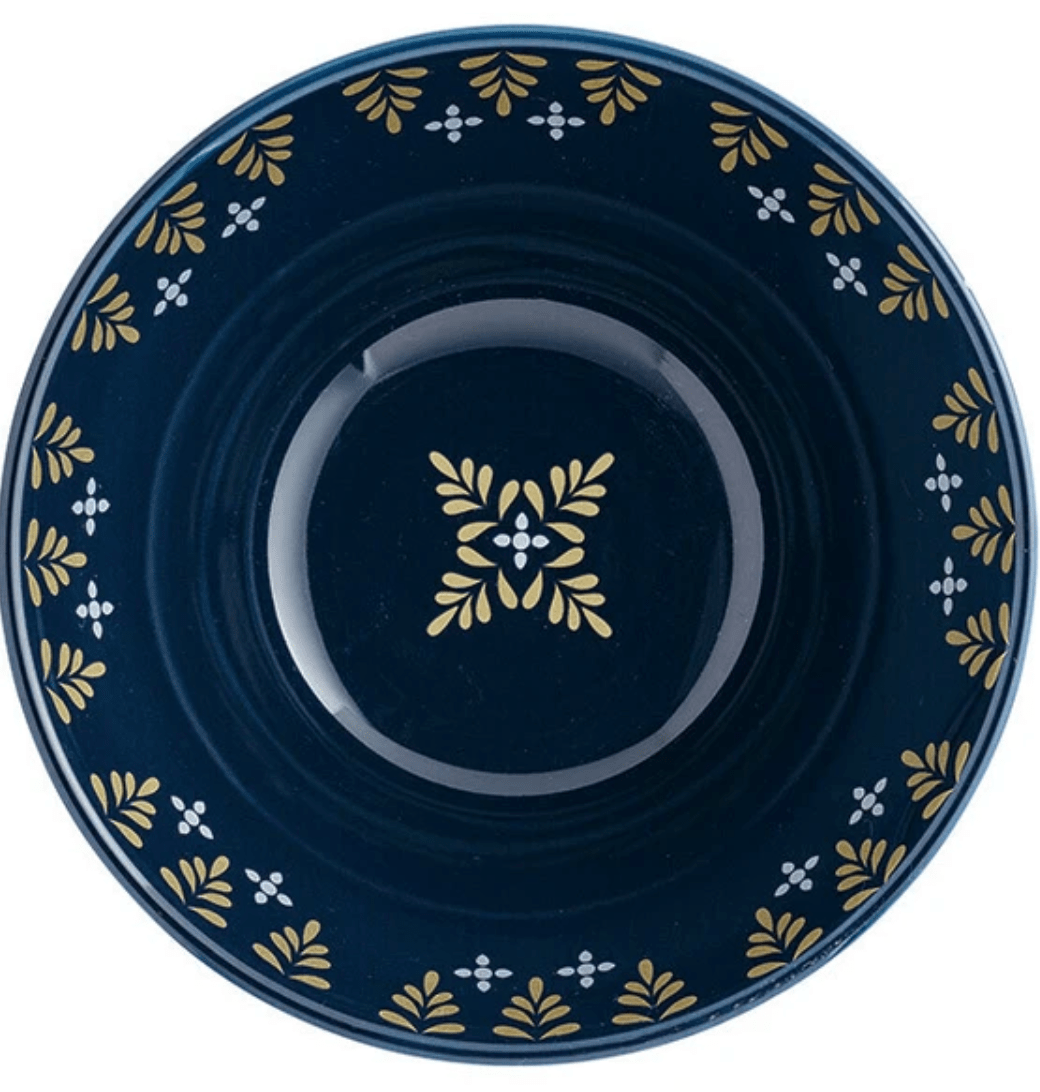
Share: